Figure-1.65 shows a system of four pulleys with two masses A and B. Find, at an instant:
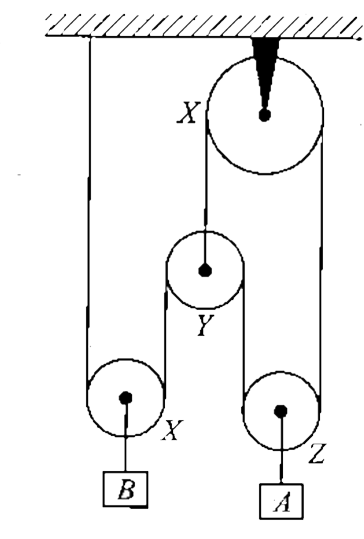
Step by step video & image solution for Figure-1.65 shows a system of four pulleys with two masses A and B. Find, at an instant: by Physics experts to help you in doubts & scoring excellent marks in Class 11 exams.
Topper's Solved these Questions
- BOOK - PHYSICS GALAXY - ASHISH ARORACHAPTER - KINEMATICSEXERCISE - Practice Exercise96videos
KINEMATICS
- BOOK - PHYSICS GALAXY - ASHISH ARORACHAPTER - KINEMATICSEXERCISE - Discussion Question18videos
KINEMATICS
- BOOK - PHYSICS GALAXY - ASHISH ARORACHAPTER - GRAVITATIONEXERCISE - Unsolved Numerical94videos
GRAVITATION
- BOOK - PHYSICS GALAXY - ASHISH ARORACHAPTER - LINEAR MOMENTUM & ITS CONSERVATIONEXERCISE - exercise 1.33videos
LINEAR MOMENTUM & ITS CONSERVATION
Similar Questions
Figure shows, a system of four pulley with two masses A and B. Find at an instant.
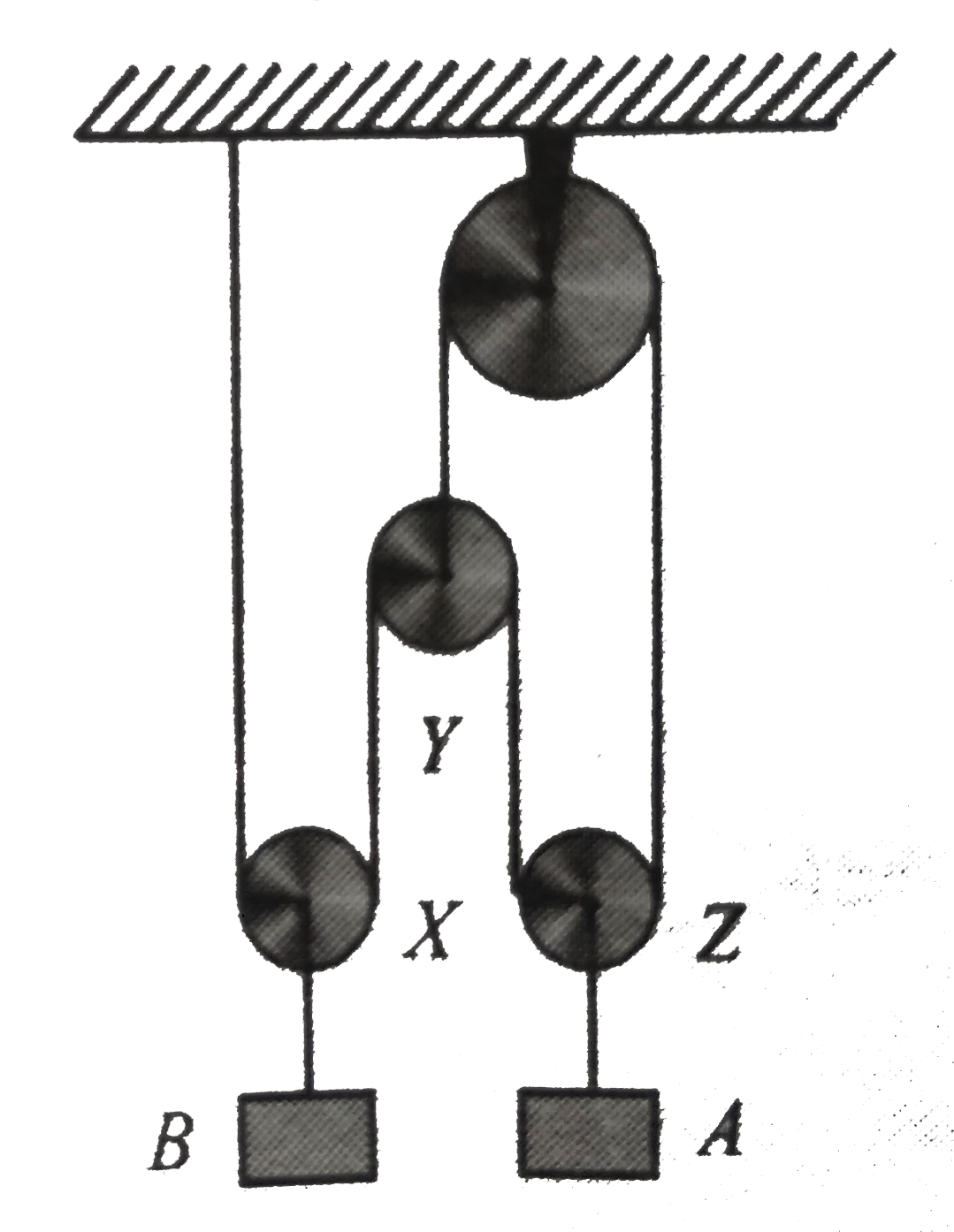
(a) Speed of block A when block B is going up at 1ms−1 and pulley Y is going up at 2ms−1.
(b) Acceleration of block A if block B is going up 3ms−2 and pulley Y is going down at 1ms−2.View SolutionFigure (a) and (b) shows a system of two masses A and B a motor M. find the relation in velocities of mass A and B, if the motor winding speed is v.
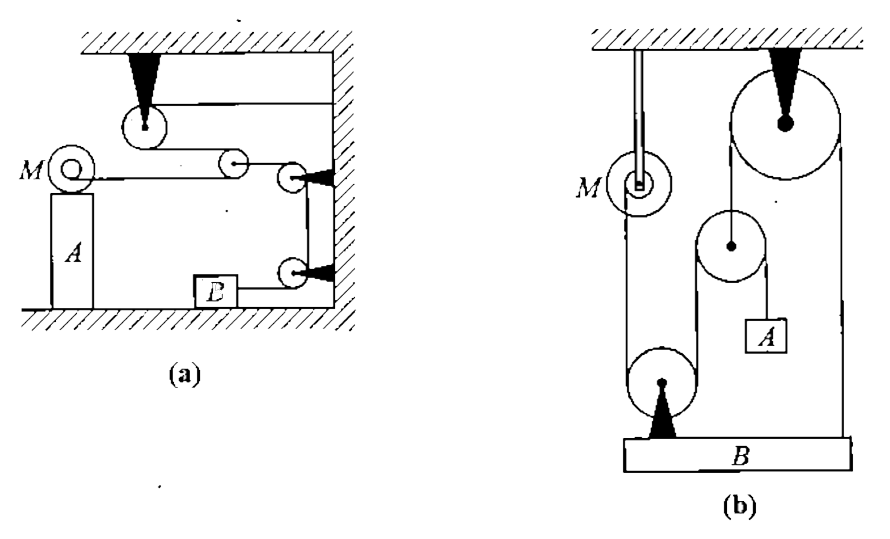 View Solution
View Solution
Knowledge Check
- Question 1 - Select One
Figure shows a system of four pulleys with two masses mA=3kg and mB=4kg. At an instant force acting on block A if block B is going up at an acceleration of 3m/s2 and pulley Q is going down at an acceleration of 1m/s2 is
 .A7N acting upwardB7N acting downwardC10.5N acting upwardD10.5N acting downward
.A7N acting upwardB7N acting downwardC10.5N acting upwardD10.5N acting downward - Question 2 - Select One
Figure shows wavefront P Passing through two systems A and B, and emerging as Q and then as R. Then systems A and B could, respectively, be
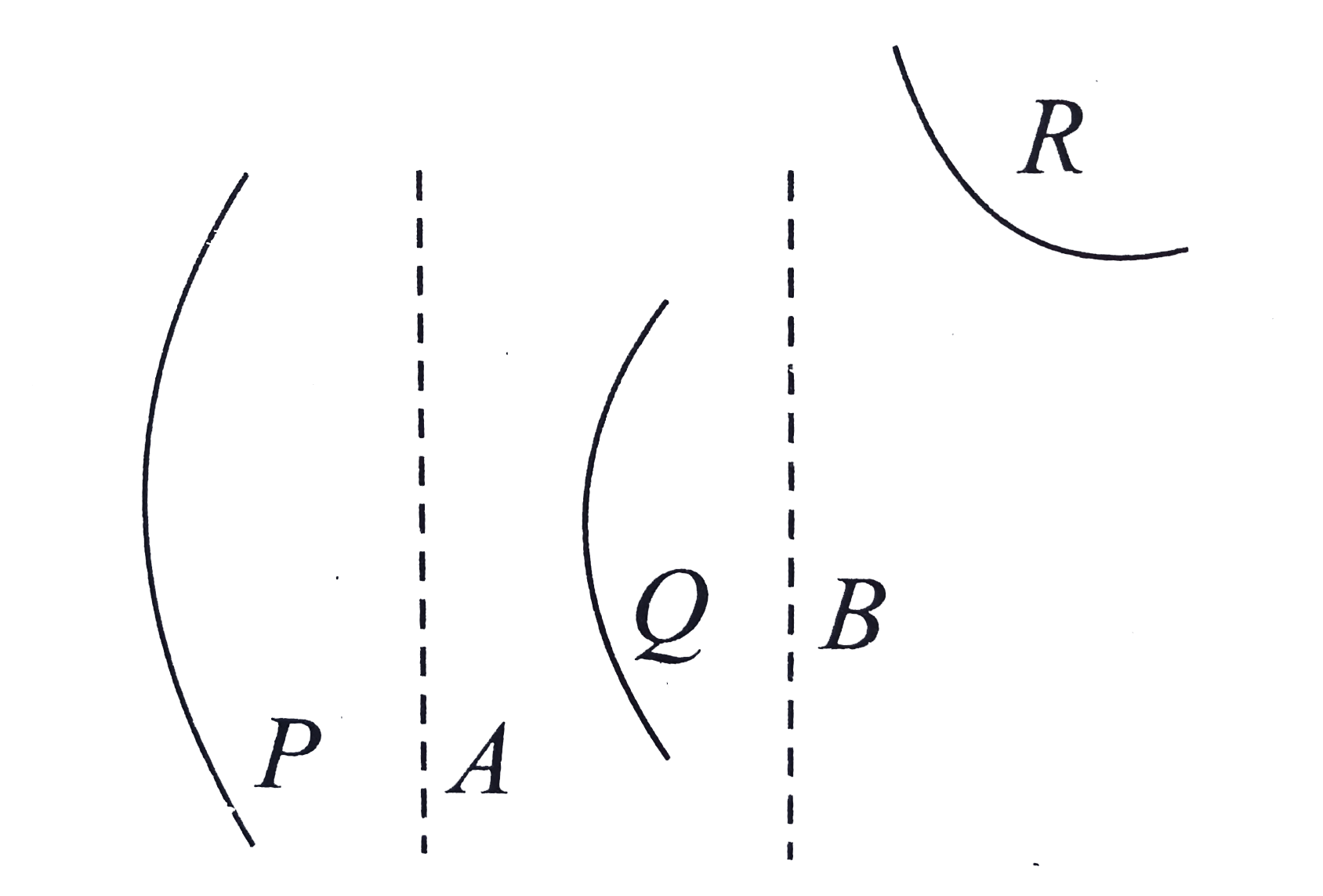 Aa prism and a convergent lensBa convergent lens and a prismCa divergent lens and a prismDa convergent lens and a divergent lens
Aa prism and a convergent lensBa convergent lens and a prismCa divergent lens and a prismDa convergent lens and a divergent lens - Question 3 - Select One
Figure shows a composite system of two uniform rods of lengths as indicated. Then the coordinate of the center of mass of the system of rods are
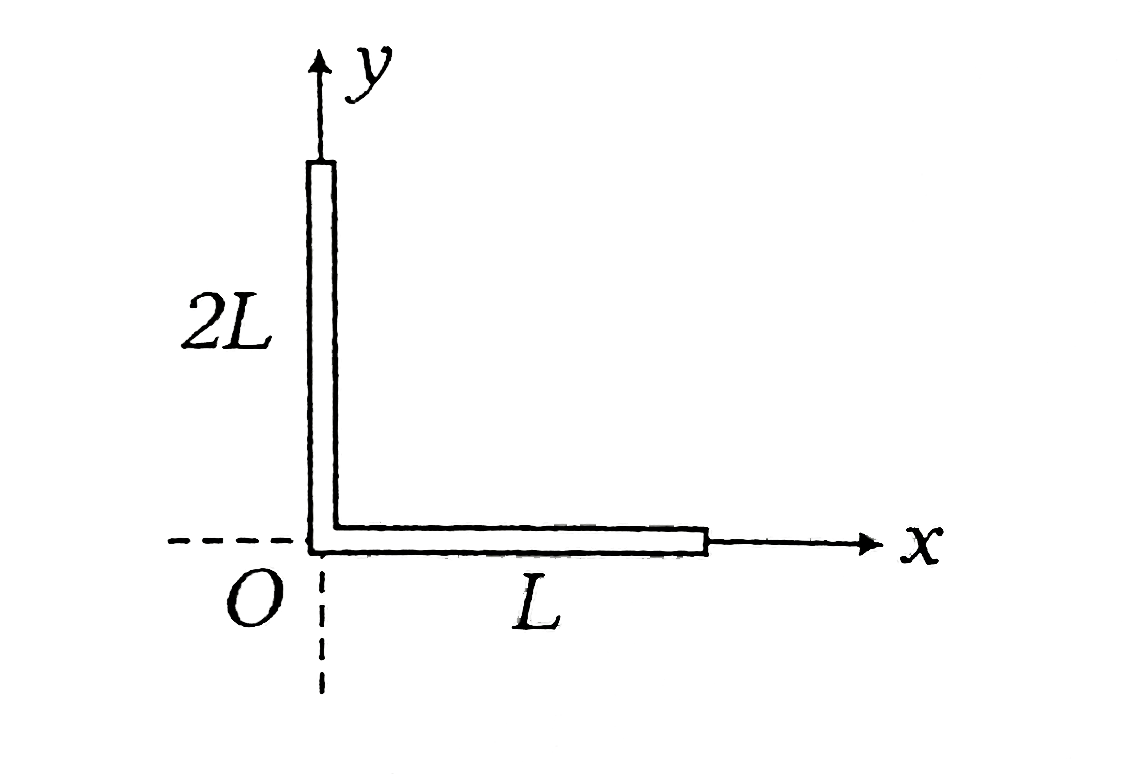 A(L2,2L3)B(L4,2L3)C(L6,2L3)D(L6,L3)
A(L2,2L3)B(L4,2L3)C(L6,2L3)D(L6,L3)
Figure shows a system consisting of pulley having radius R, a spring of force constant k and a block of mass m. Find the period of its vertical oscillation.
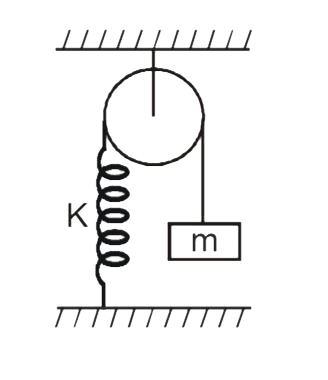 View Solution
View SolutionFigure shows a pulley over which is string passes and connected to two masses A and B. Pulley moves up with a velocity VP and mass B is also going up at a velocity VB.
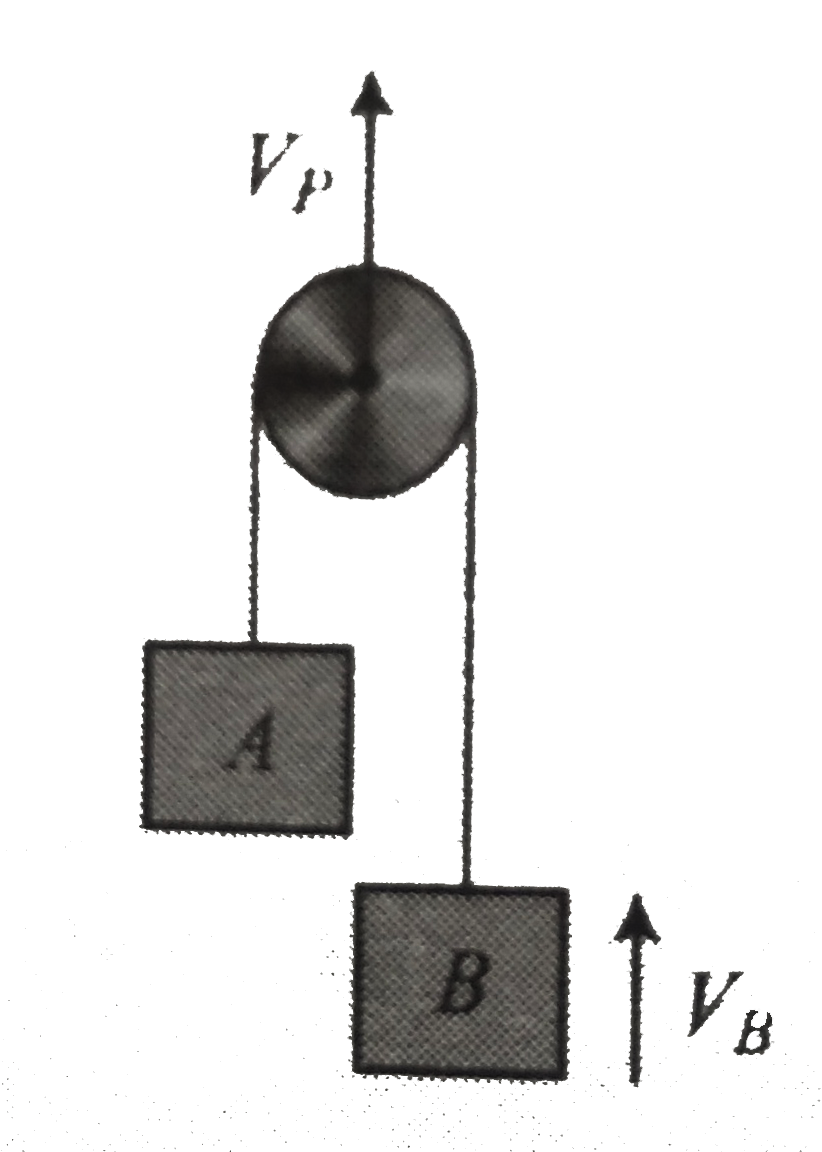
Find the velocity of mass A if
(a) VP=5ms−1 and VB=10ms−1
(b) VP=5ms−1 and VB=−20ms−1.View SolutionFigure shows a light platform on which a man of mass M is standing and holding a string passing over a system of ideal pulleys. Another mass m is hanging as shown in fig. Find the force the man has to exert to maintain the equlibrium of system, and find the force exerted by the platform on the man. Also find the ratio of M/m.
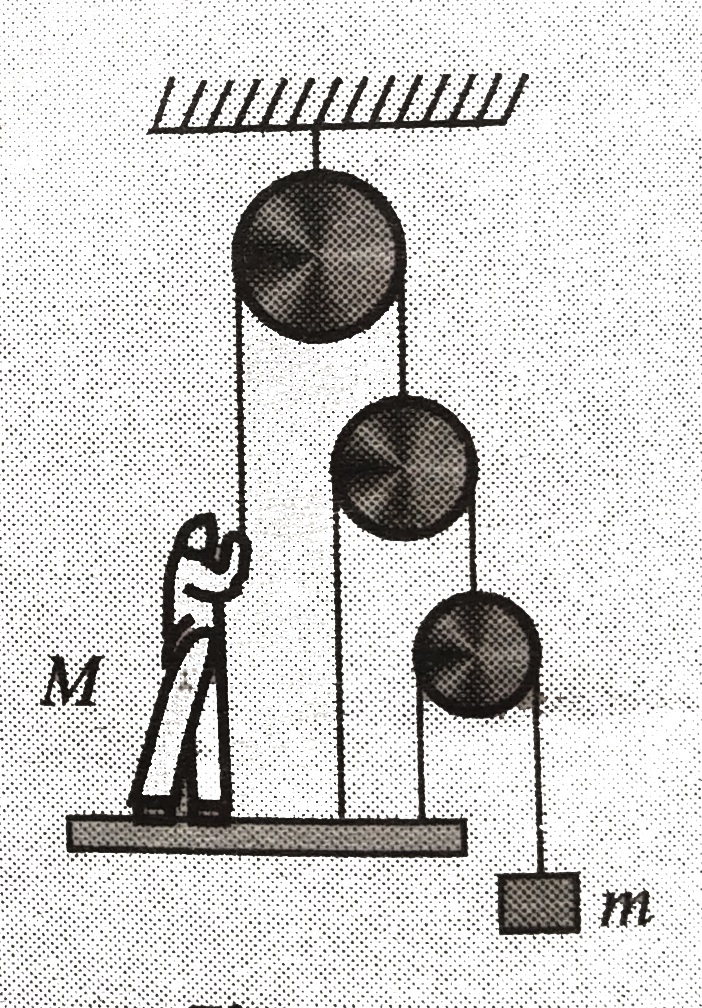 View Solution
View SolutionFigure shows a pulley of mass m and radius r with two blocks of masses m1 and m2 attached with a light and unstretchable string. Find the acceleration of the blocks, tensions in the string and the force exerted by the pulley on the celling from which it is hanging. Assume no slipping between the string and the wheel.
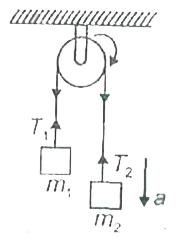 View Solution
View SolutionFigure shows two blocks each of mass m system is released from rest. If acceleration of blocks A and B at any instant (not initially) are a1 and a2, respectively. Then
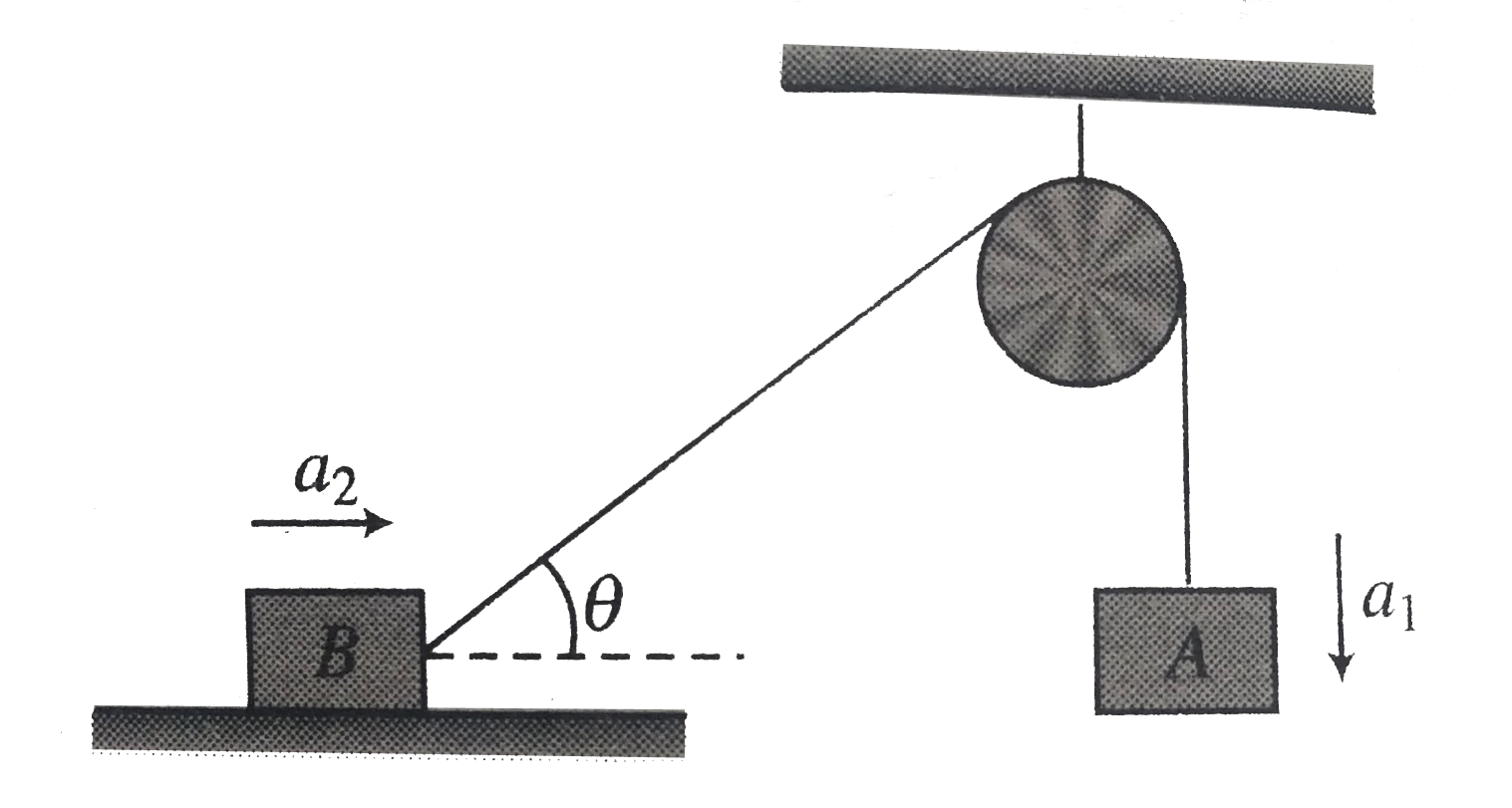 View Solution
View Solution

